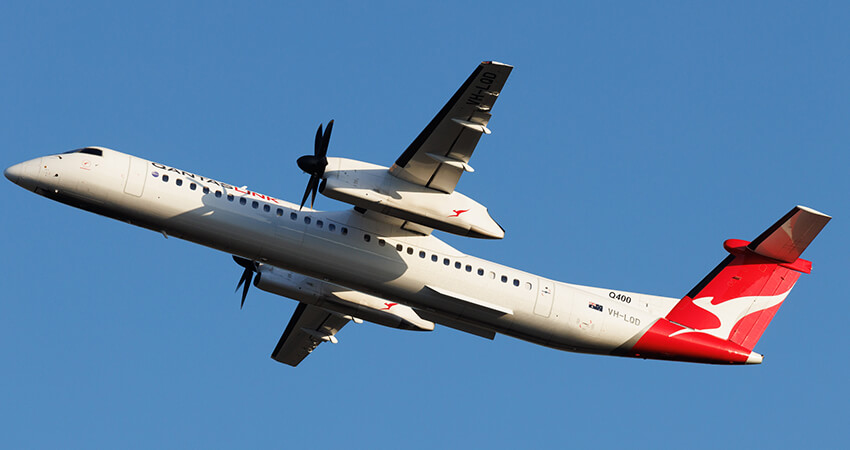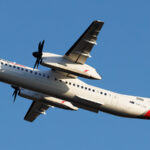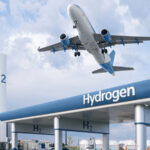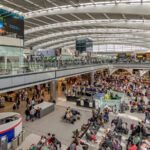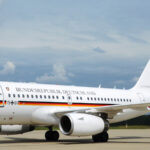The aviation industry faces a pressing dilemma: how to significantly and rapidly reduce carbon emissions. This challenge is even more daunting as the industry has committed to achieving neutrality by 2050. Among the array of strategies, some old acquaintances in aviation could play a key role: turboprop airplanes.
A new report titled “Bridging the Gap to 2050: How to Decarbonize Aviation Faster With Today’s Technologies” published by the German Sustainable Aero Lab presents an unexpected yet compelling solution. It argues that the widespread adoption of Sustainable Aviation Fuel (SAF) and the reintroduction of turboprop airplanes instead of conventional jets could be the keys to achieving decarbonization goals in the short term.
Available Technology
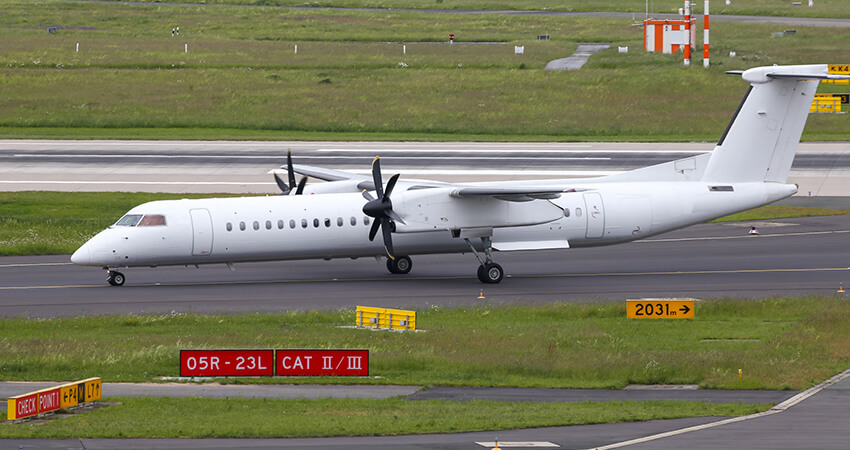
The report indicates that the commercial aviation industry cannot wait for the arrival of hybrid planes or hydrogen-powered aircraft to reduce its carbon footprint. With the projected increase in passenger numbers and the urgent need to address the climate crisis, the report highlights that aviation must act now and not rely solely on future projects, which are deemed “high-risk” as their viability remains uncertain.
In this context, Sustainable Aero Lab advocates for the use of available technologies. The report identifies three key pathways to reduce aviation emissions over the next 20 years using current industry resources. Firstly, accelerating the introduction of Sustainable Aviation Fuel (SAF), is emphasized, as it reduces pollution using existing systems, although the logistics pose a challenge. Specifically, the report advocates for initially focusing on the production of HEFA, a fuel derived from oils and fats. However, it also underscores the need to incentivize increased production.
Secondly, it calls for “establishing a clear regulatory framework” for fleet renewal, as newer aircraft are much more fuel-efficient. Mandating airlines to use aircraft with lower fuel consumption is a potent way to reduce emissions.
Turboprop Airplanes, a Turn towards Sustainability
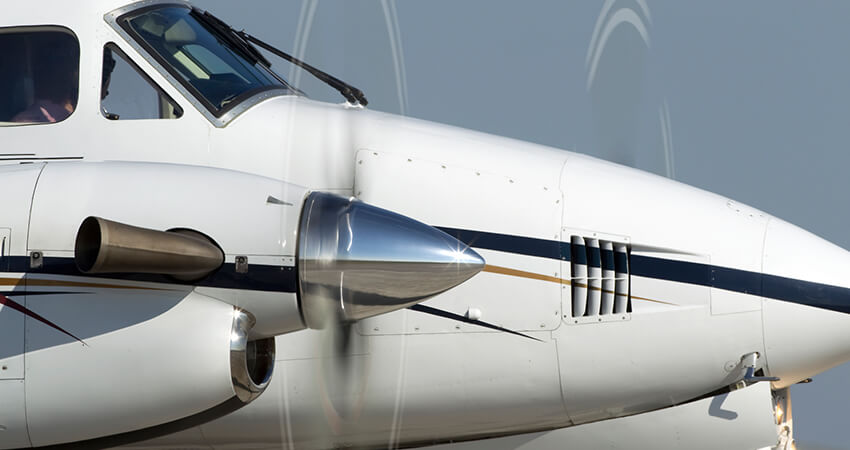
Perhaps the most surprising proposal is the reintroduction of turboprop airplanes as a sustainable option. The report argues that with the comfort levels that modern systems can offer and the potential for faster travel times for short distances, there is a clear benefit in building new turboprop designs with modern conventional engines and increased seating capacity.
The proposal involves replacing jets that can be highly inefficient on regional and short-haul routes, where turboprops can be much more reasonable and less polluting. “It’s an achievable goal by the mid-2020s,” according to the report.

Experts highlight that the industry, including airlines and consumers, has an outdated view of turboprops. Indeed, they associate them with old, noisy, and slow aircraft that, while milestones in aviation history, seem out of place.
However, they emphasize that with the latest technical advances, this is no longer the case. They have not only worked extensively on flight comfort, reducing noise and vibrations, but have also achieved altitude and speed levels similar to conventional jets.
Manufacturers Bet on Turboprop Airplanes

In that regard, they can be very positive for regional markets. “Turboprops may be ideally suited for Europe and other developed markets, where sustainable aviation fuel (SAF) or hydrogen infrastructure is most likely to be in place sooner,” explains Nico Buchholz, CCO of aircraft manufacturer Deutsche Aircraft. “No longer is the turboprop just for ‘startups’ or peripheral markets,” he challenges.
“Consuming less energy is always good and that is exactly what turboprops can do,” he adds. “Future turboprops have to be lighter, more aerodynamically efficient and equipped with the latest propulsion technology. Their propellers should be revitalized, whether in the form of open rotors, unducted fans or conventional propellers. The turboprop will always burn less fuel per trip,” he explains.
In the same vein is the world’s third-largest aircraft manufacturer, Embraer [https://evergreenaviation.com/blog/the-other-giant-meeting-embraer-the-third-largest-aircraft-manufacturer-in-the-world/]. Its turboprop prototypes, which are part of its sustainability projects, hope to incorporate more technology, making them compatible with SAF and foreseeing modifications to use hydrogen. They even incorporate technology to allow for single-pilot operation, further reducing operational costs.
